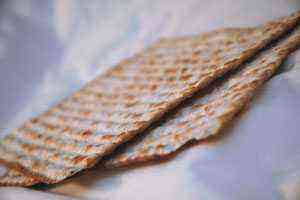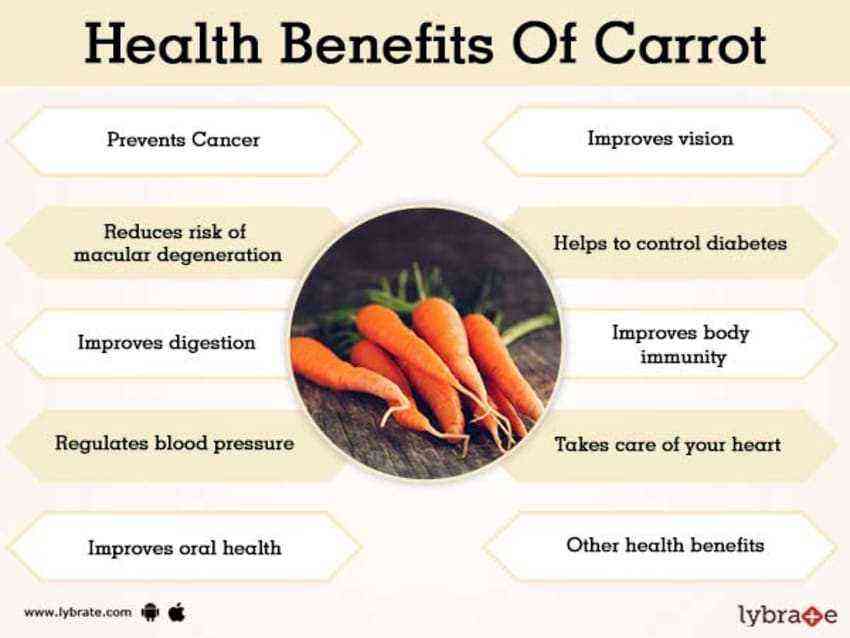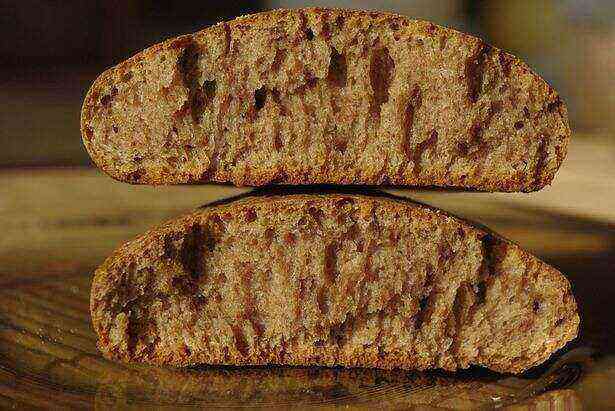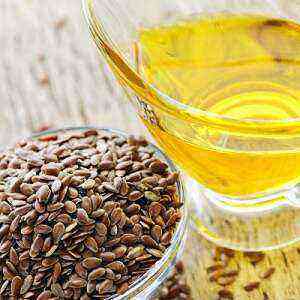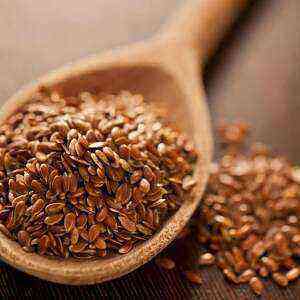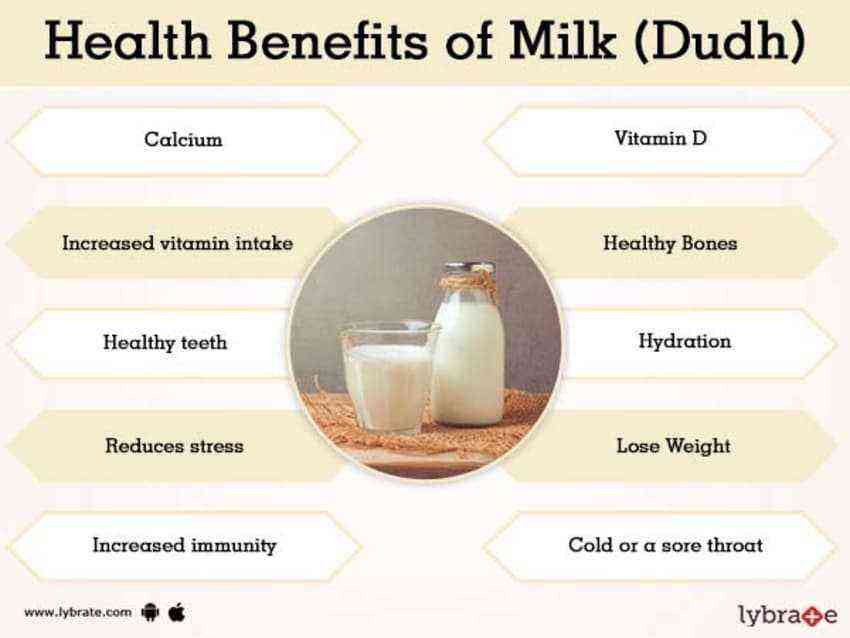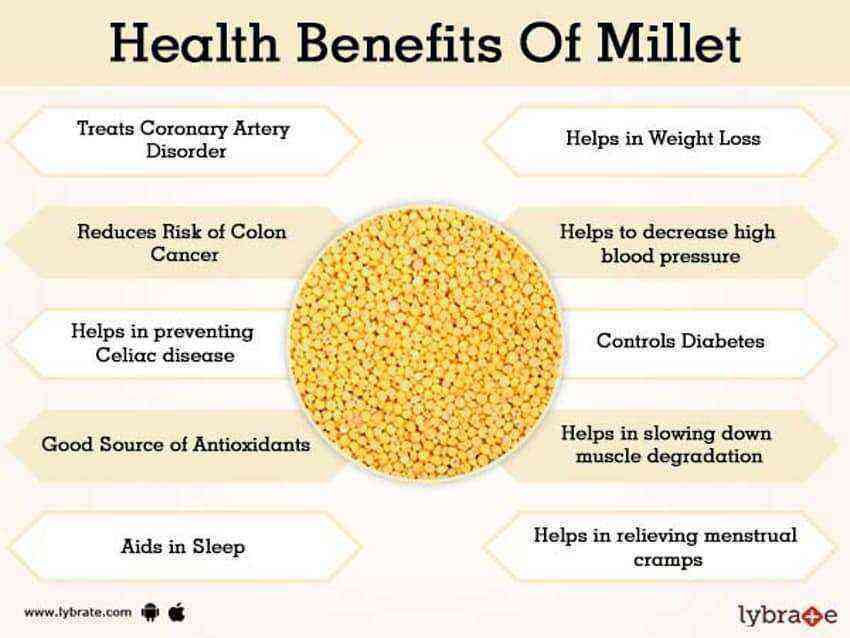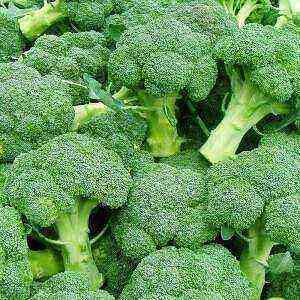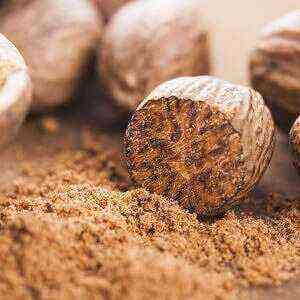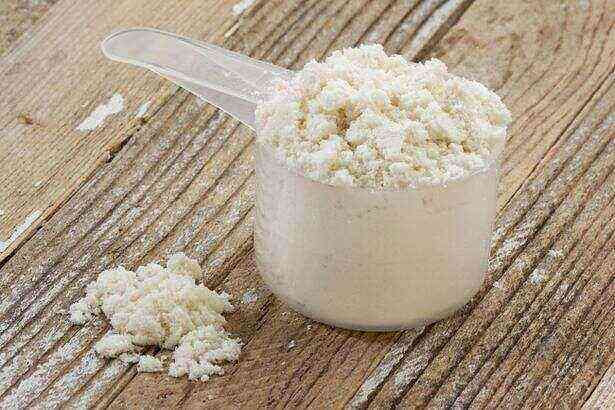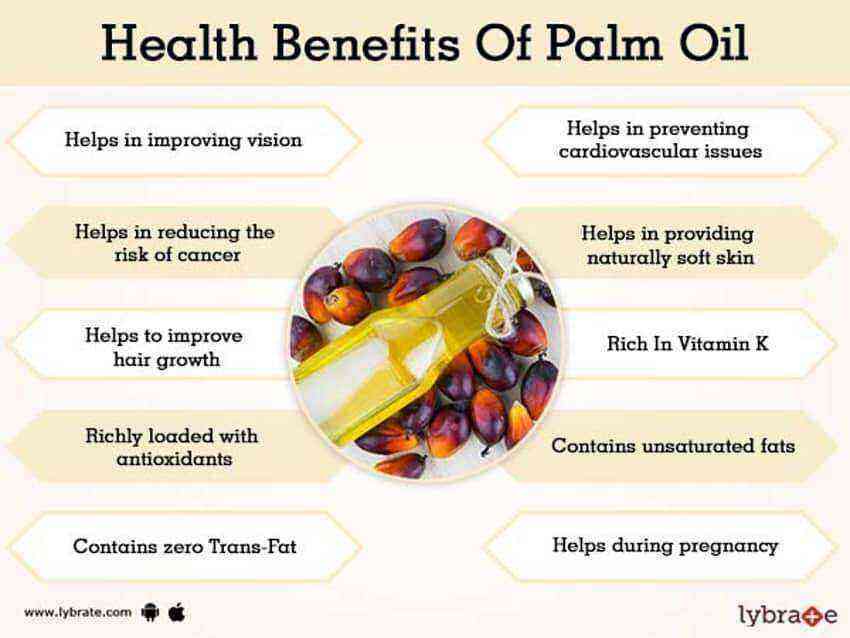It would be more correct to call this product the bread of the first grinding. However, due to the fact that almost all the contents of the grains are used for its preparation, it was called whole grain.
Whole Grain Bread Benefits
In wheat grain, almost all nutrients – vitamins, enzymes, amino acids – are contained in its shell. The inner part of the grain is, in fact, almost pure carbohydrates, which are so afraid of losing weight, and which can pretty much spoil the diet. The calorie content of whole grain bread is 247 kcal per 100 grams.
For the manufacture of ordinary flour, only highly crushed grain cores are used. Accordingly, our body does not receive almost any useful substances with it, but at the same time it is abundantly supplied with carbohydrates, in most cases unnecessary. This leads to metabolic disorders, often very serious.
At the same time, whole grain bread includes all the components of the grain, will provide our body with energy with carbohydrates, vitamins, and enzymes with a shell. Such a mixture is better absorbed, activates the intestines and does not disrupt the metabolism in the body. Whole wheat bread can be considered a real wheat grain in an easy-to-eat package.
But in the presence of such a benefit, there are certain disadvantages of such products.
Harm and contraindications
First of all, it is believed that with large fractions of coarsely ground flour, many bacteria enter the body, which manage not to die when baking. As a result, disturbances in the composition of the intestinal microflora and, as a result, disturbances in digestion may occur.

